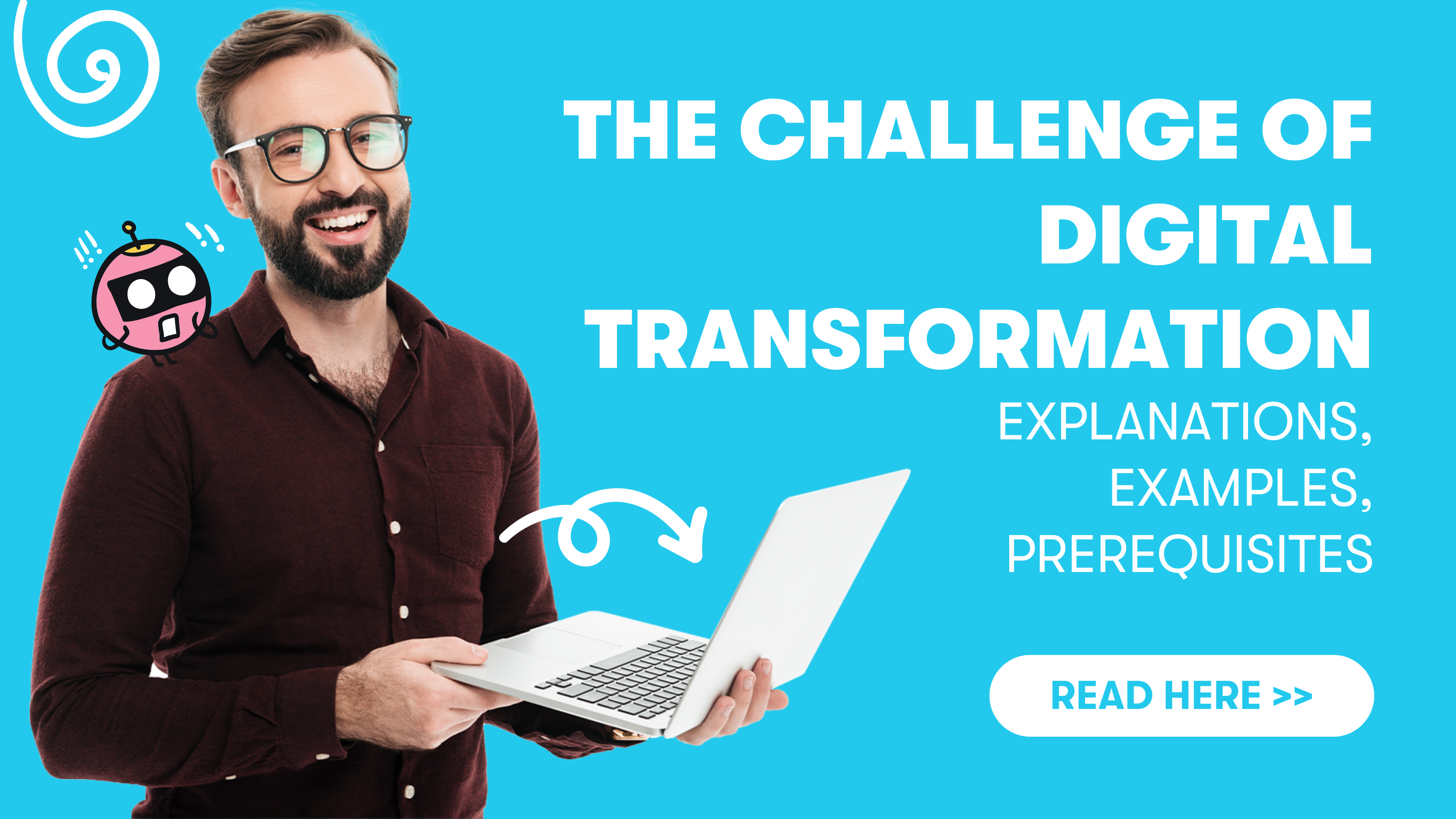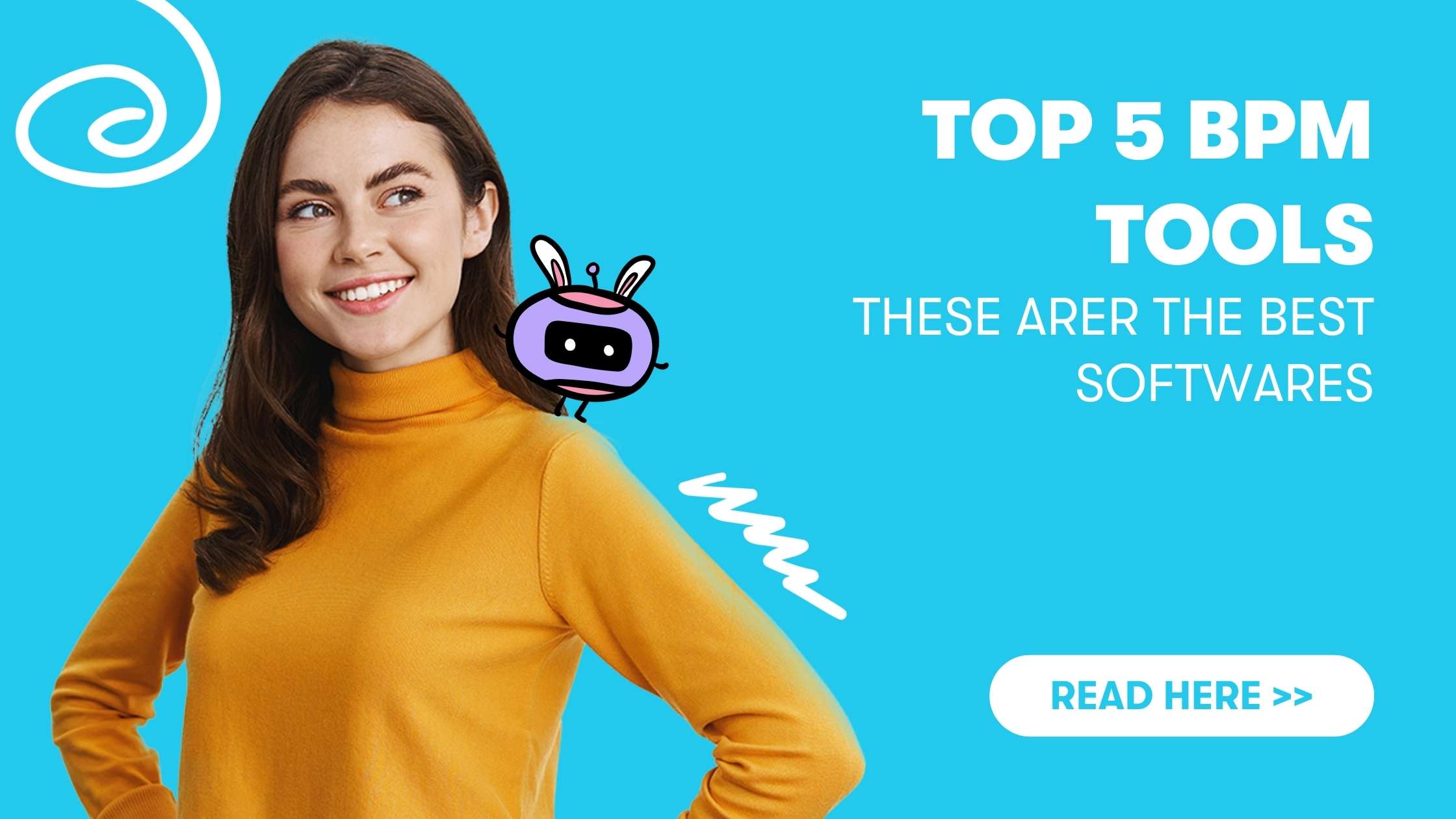Smartphones, streaming, the cloud: groundbreaking technologies that have radically changed the world of work, but also society as a whole - a digital transformation. It is transforming value chains, creating new structures, and bringing huge competitive advantages to the companies that create them.
But so far, only a few companies have fully exploited the potential of digital transformation. According to a study by the software group SAP, only three percent of the world's top 100 companies successfully completed company-wide initiatives for digital transformation in 2017. So how do you become a digital transformer?
Digital transformation means breaking down structures
First of all, it is important to understand what "digital transformation" actually means. It is often equated with digitization, yet the two processes denote completely different things: While digitization is initially only about converting analog data into digital data and organizing it in a meaningful way, digital transformation is intended to change entire corporate strategies and value chains (using new technologies).
Artificial intelligence (AI) is currently playing a key role in this. The digital transformation is crucial for innovation and progress. It is giving rise to completely new concepts that are driving companies, industries and society forward.
Prerequisites for digital transformation
The focus is always on the customer: How can needs be best served? What can you do differently than the competition? It is important to be clear about your strengths and goals. In order to develop and use disruptive technologies, the existing processes in the company should be well structured.
Digital transformation begins with the mindset of each individual. Only when the switch is flipped in the mind can topics such as Robotic Process Automation (RPA), iPaaS, Hyperautomation or Process Mining be put into practice.
Cross-industry transformations
Digital Transformation is multifaceted and can affect both universal and individual product lines. Let's take a look at a few of the best-known examples of Digital Transformation:
- Print
In the earlier times, for example, cultural technique of reading required buying a book in a store or borrowing it from a library. Popular books with limited editions could sometimes be out of print. Nowadays, many works are available as e-books and people are increasingly reading on their tablets, as interesting literature is often just a click away - the same applies, of course, to e-papers and online news. Traditional print editions can hardly keep up with the flexibility, choice and accessibility of today's innovations. - Telecommunication
To make phone calls, until a few years ago it was necessary to have a telephone system, possibly even connected to a fixed cable. Nowadays, telephone communication simply goes over the network (VoIP/Voice over IP): calls via Skype or via messenger services, such as WhatsApp and Telegram, are already standard nowadays. And even with video - unthinkable in the past. - Banking
Where as bank transfer slips used to have to be filled out by hand at the bank branch, online banking with transmission in seconds is now the norm. Important documents can be easily scanned or accounts can even be opened without leaving the house. Online payments are often no longer made by credit card, but via PayPal, Klarna & Co. and even at the supermarket checkout - thanks to Apple Pay, Google Pay and other providers - it is enough to hold the cell phone up to the scanner instead of pulling out banknotes. - More examples
The principle can be spun on forever: Ride service apps like Uber, instead of cabs that can be ordered by phone, delivery services instead of on-site visits to restaurants, selling used stuff on eBay instead of at the local thrift store or flea market, streaming music instead of buying albums, etc.
All these transformations have radically changed lines of business, enabled new business models, shifted power structures, and turned start-ups into dominant industry giants.

Challenges of the digital transformation
Radical changes and innovations do not happen overnight. Accordingly, companies face a multitude of challenges that need to be mastered:
Long-term objective
To transform digitally, a clear strategy shift should take place in the company. Processes need to be strategically digitized and automated (for example, using Robotic Process Automation (RPA)) to work towards the long-term goal of transformation.
Acquire knowledge
All employees should be involved in the process in order to channel knowledge. There should be a fundamental understanding of digital transformation within the company. Expertise in IT is central; IT systems must be revised or replaced.
Change representation
The company's external image and communication with customers also needed to change. For example, additional communication channels, a new website or innovative sales systems. This is how a new digital identity is created.
Focus on individual projects
There are specific projects worth pursuing for the digital transformation. This could be a new sales channel or innovative marketing, for example.
Digitization managers choose
The transformation represents an overall corporate change. Therefore, central coordination and contact persons are needed to drive it forward and make important decisions quickly. For example, an Automation Strategist could take on the role of transforming existing process structures.
Success Stories: Digital Transformers
One example of successful transformation is Lego. After sales fell radically until 2004, the company restructured itself. It no longer just developed the classic building blocks, but also games, apps and films. Innovative software made it possible to design and share Lego constructions online. This diversification saved the company.
BMW is another world-renowned brand that created new opportunities with the help of digital transformation: customers can rent vehicles by the minute in various cities as part of the ShareNow car-sharing service and park them again in the urban area - a transformation of urban mobility thanks to digital innovation.
Conclusion: Transform strategically
If you want to become a pioneer with digital transformation, you should not simply digitize blindly. It is important to follow a structure, to implement changes step by step in order to bring everyone along and to be clear about what one's own company stands for. Digital transformation offers great opportunities that can make companies successful in the long term. That is why it is important to develop sustainable strategies for the transformation.









